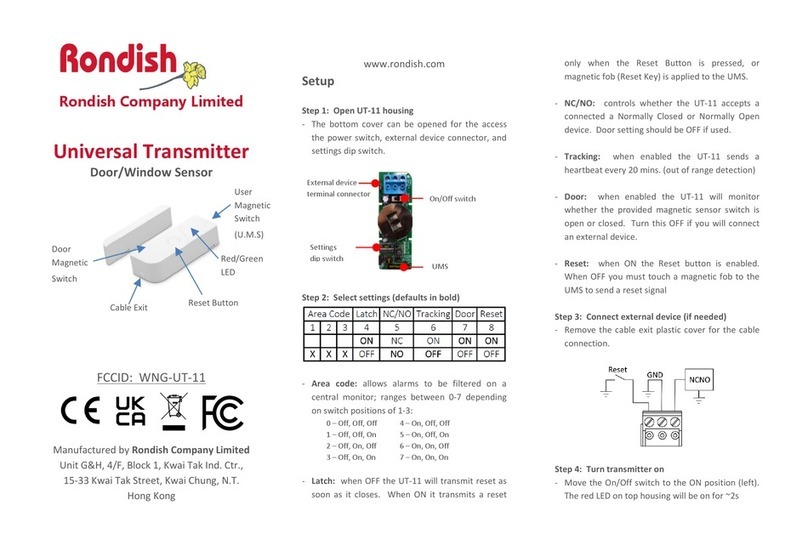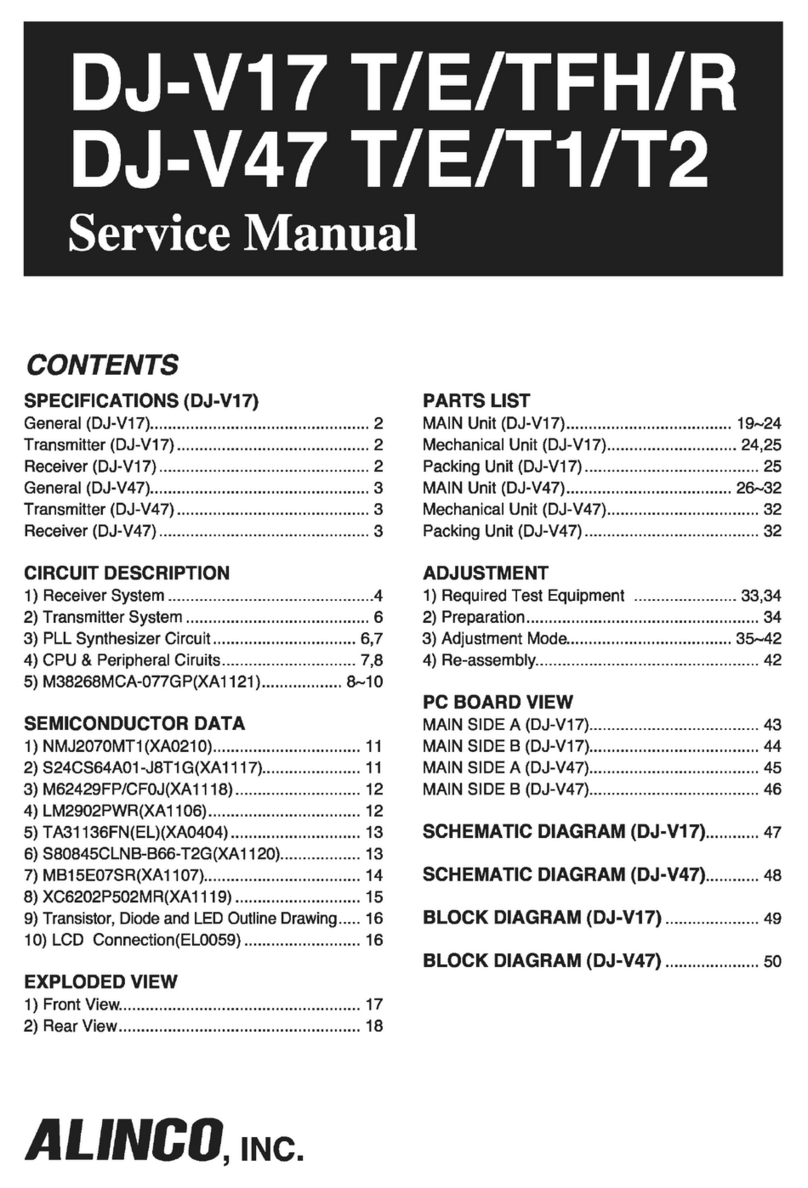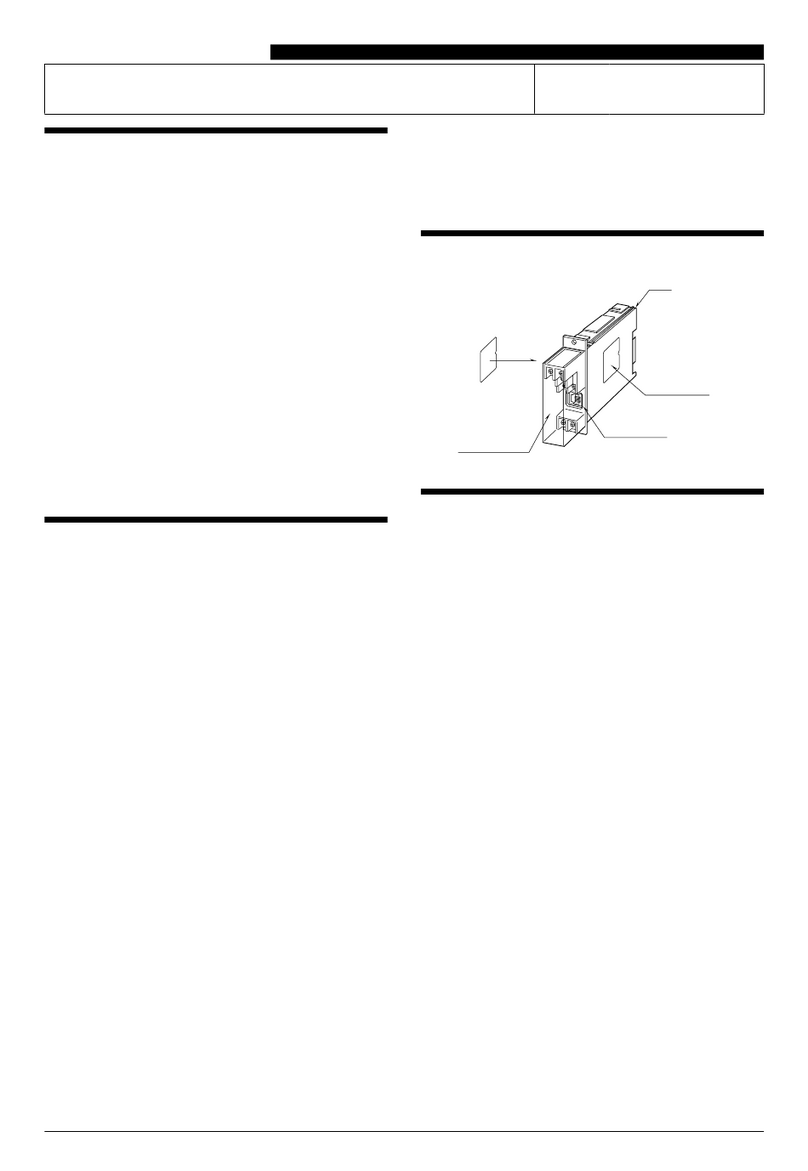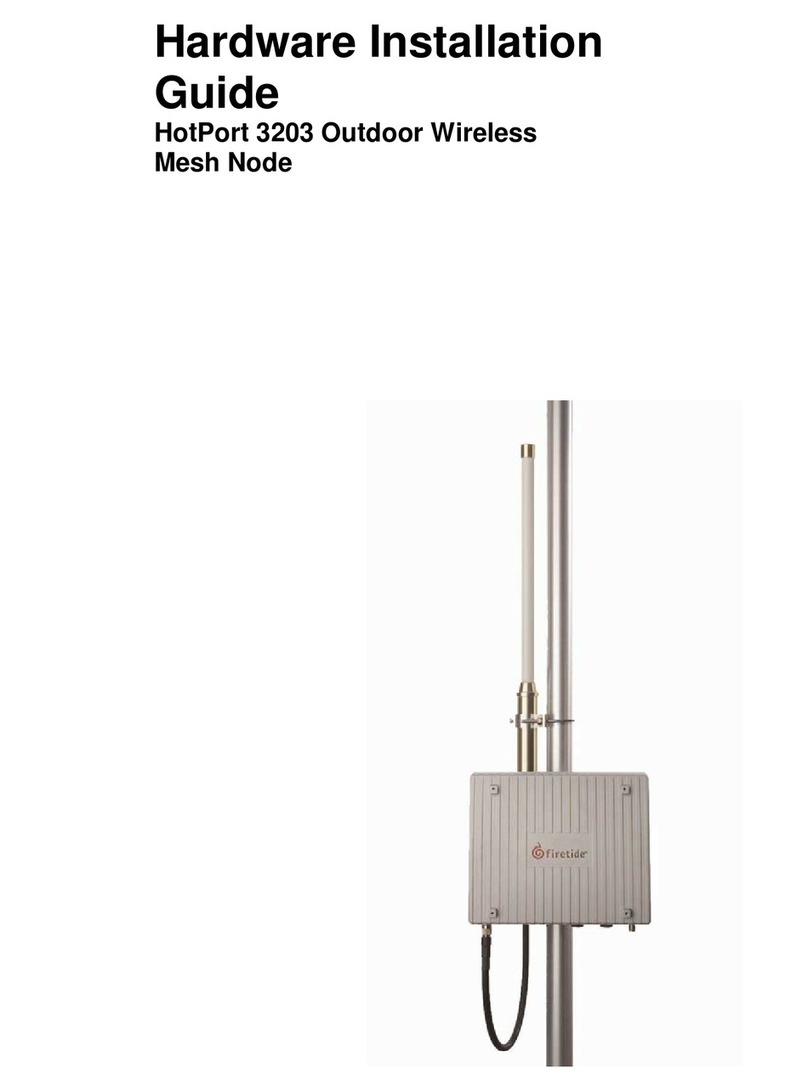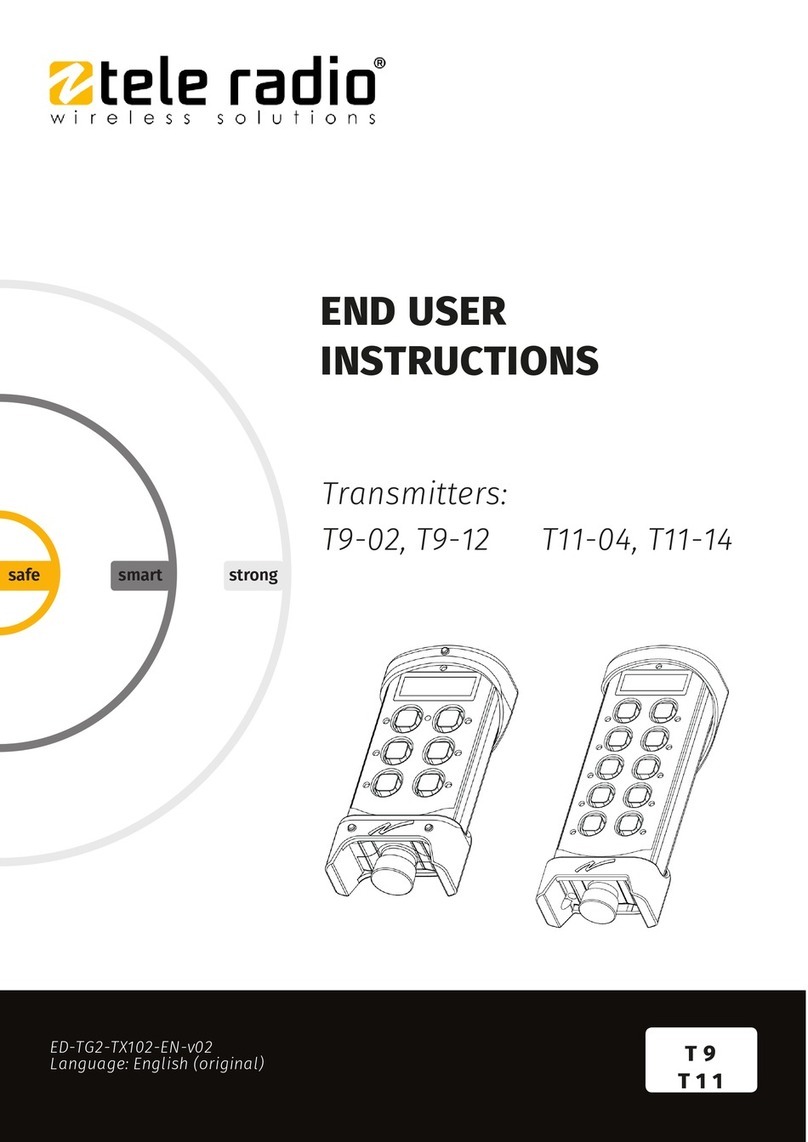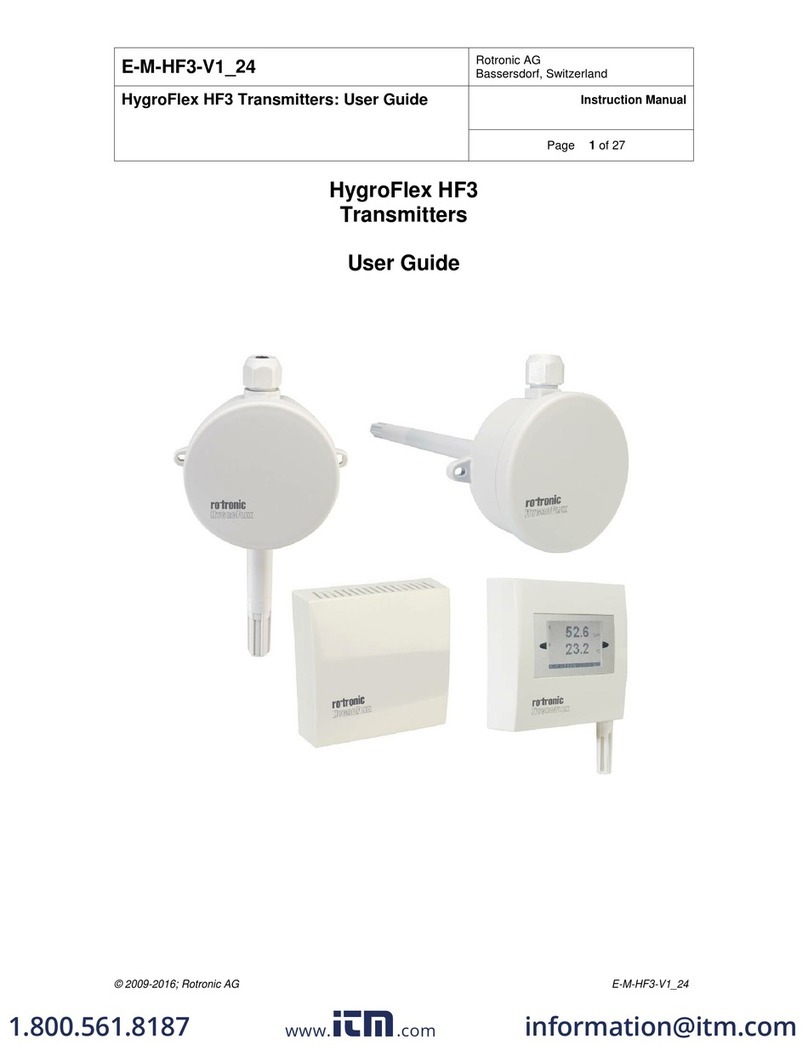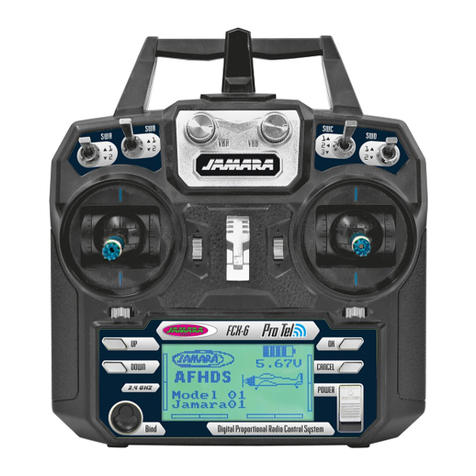
Table of Contents
1.0 Introduction
2.0 Principle of Operation
3.0 Sensor Components
3. 1 Light Source
3.2 Filter Wheel
3.3 Filter Wheel Motor
3.4 Detector
3.5 Electronics
4.0 Installation
4. 1 Sitting the Sensor
4.2 Vibration
4.3 Strong Light
4.4 Temperature
4.5 Humidity & Dust-Window Air Purge
4.6 Optimum Viewing Distance
4.7 Reflections from Material Surface
5.0 Power and Cable Connections
5. 1 AC Power Connections
5.2 Analog & Serial Cable Connections
5.3 Remote Displays & Operator
Interface
6.0 Operator Interfaces
6. 1 Wall Mounting Interface
6.2 Initial Power-Up
6.3 Key Pad
7.0 Set-Up Instructions-Operator Interface
7. 1 Menu Structure
7. 1. 1 Key Pad Lock
7.1.2 Display Selector
7. 1.3 Product Code Select
7. 1.4 Grab Sampling Averaging
7.2 Main Menu Selections
7.3 On-Line Menu
7.4 Calibration Parameters
7.4.1 Analog Output Channels
7.5 Calibration Routine
7.6 Diagnostics
7.7 Miscellaneous
8.0 Gauge Calibration
8. 1 Approximate Calibration
8.2 Multi-Sample Calibration
8.3 On-Line Off Set Trim Adjustments
8.4 Linear Regression Statistics
8.5 Online Multi-Sample Statistics
9.0 Accessories
9. 1 Window Air Purge Assembly
9.2 Product Loss Sensors
9.3 Network Interfaces
9.4 Cooling Panels
9.4. 1 Air Cooling
9.4.2 Water Cooling
9.5 Maintenance Alarm
9.6 Clean Window Alarm
9.7 Power Sampler
9.8 Local Display Unit (LDC)
10.0 Output Signals
10. 1 Serial Communications
10. 1.1 Serial Requirements
11.0 Customer Wiring Connections
12.0 Maintenance
12.1 Routine Maintenance
12.1.1 Sensor Window
12.2 Self Diagnostic Warnings
12.3 Corrective Maintenance
12.4 Replacement Parts List
Appendix I- Special Features
Appendix II- Power Sampler Accessory
Appendix III- Dry Basis Measurements
Appendix IV- Cal Check Standards
Appendix V- Serial Commands
Appendix VI- PI Controller Output
Appendix VII- Outline Drawings
Appendix VIII Product Temperature Option
1





